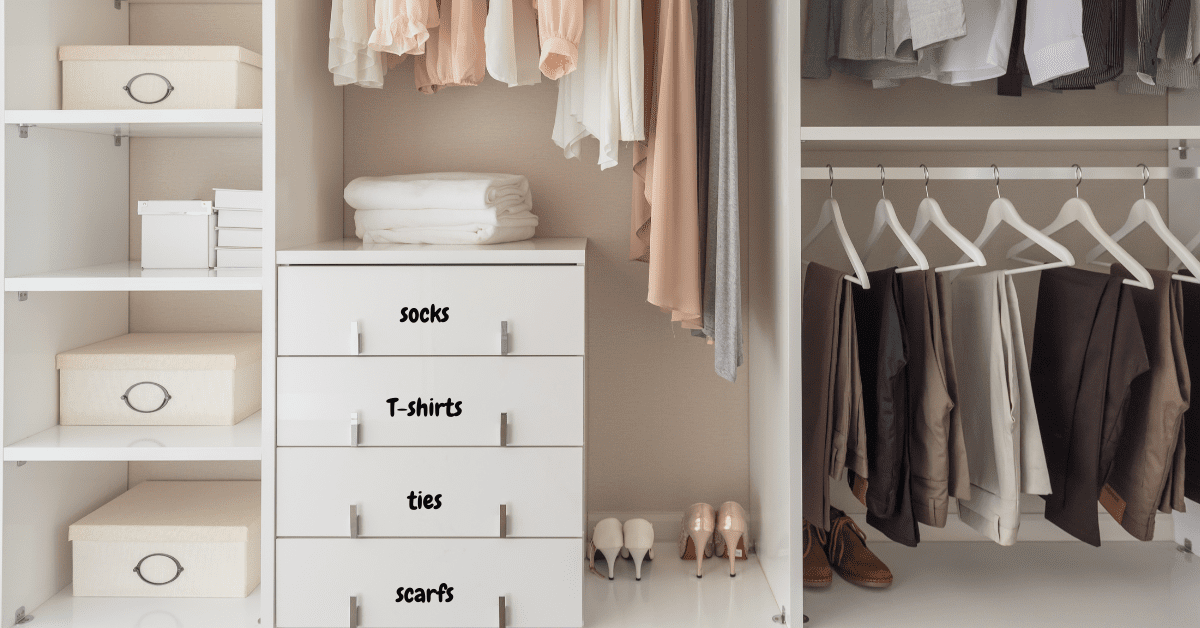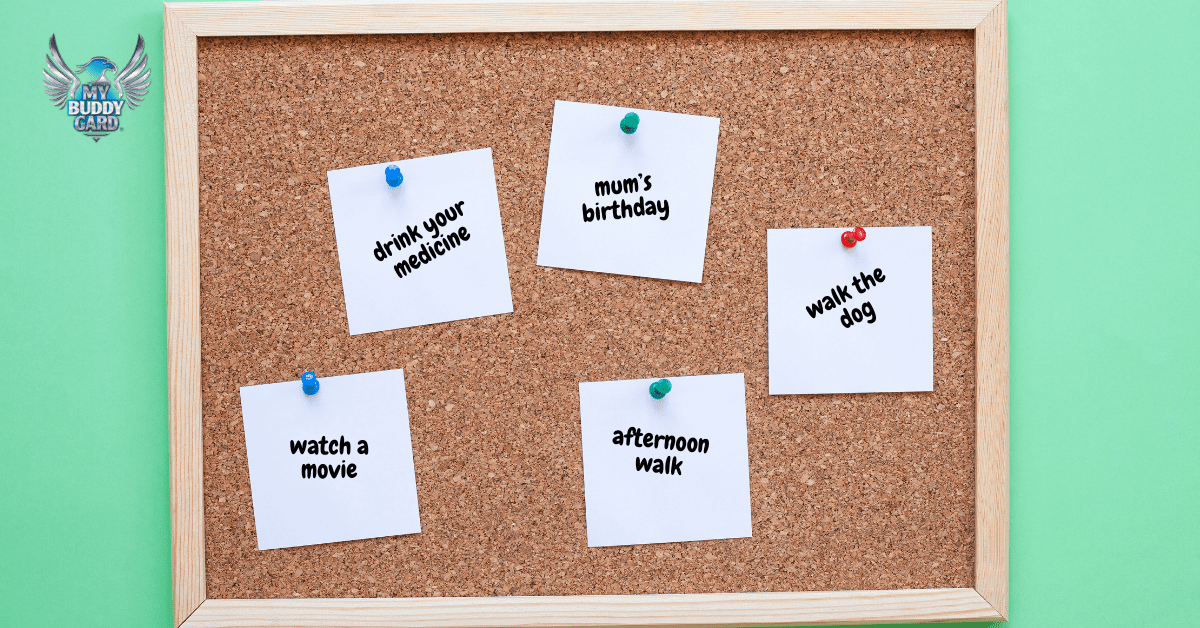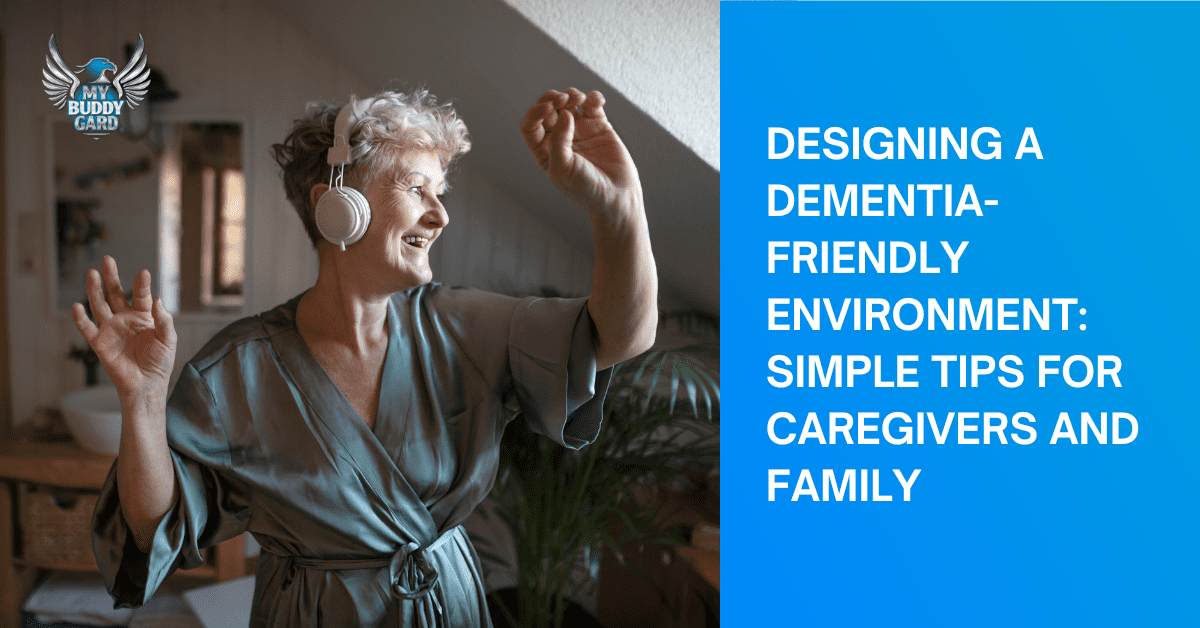Back in 2019, during the finals of Deloitte’s Decoding Dementia, an educational experience awaited us. We were introduced to a Virtual Reality simulation that aimed to vividly portray the realities of living with dementia. The simulation guided us through the disorienting journey of waking up in the dead of night and attempting to find our way to the bathroom. In just a matter of minutes, I encountered the challenges of poor lighting and hazardous obstacles, leaving a profound impact on me.
The insights gained from that experience are what underpin the following information. It is my sincere aspiration that even just one or two of these tips might serve as a beacon of improvement for those living with dementia, enhancing the quality of their lives.
Dementia presents formidable challenges for both individuals grappling with it and their devoted caregivers. One avenue of support involves cultivating an environment that caters to their unique needs—promoting solace, security, and a semblance of familiarity. Within this blog post, we’re here to share pragmatic pointers tailored for caregivers and families who are in the process of adapting living spaces for their loved ones with dementia.

Our Buddy Trackers have demonstrated the potential to extend one’s stay in a familiar home, postponing the transition to assisted living. And that’s a shared desire; the wish to remain in one’s cherished home or with beloved family members. Therefore, let’s delve into strategies for navigating the array of challenges that those living with dementia might encounter.
By making subtle alterations to their living environment, caregivers and families can generate profound improvements in their day-to-day existence. Here, we present actionable insights aimed at crafting a supportive and comforting setting for those dear to us, who are bravely confronting life with dementia.
Here are some of the simple tips for caregivers and families to make the home a dementia-friendly environment
Clear Pathways and Reduce Clutter:
Creating clear pathways throughout the living space can help reduce confusion and make navigation easier for individuals with dementia. Minimising clutter and removing tripping hazards can contribute to their safety.


Familiarity with Decor:
Incorporating familiar objects and decorations can provide a sense of comfort. Photos, memorabilia, and cherished items can help trigger positive memories and emotions.
Promote Natural Lighting:
Ample natural light can enhance mood and create a welcoming atmosphere. Ensure that curtains or blinds are easy to manage and that there is adequate lighting during evenings.


Labelling and Signage:
Labelling drawers, cupboards, and rooms with clear and simple signage can assist individuals in finding what they need independently.
Memory Aids:
Consider using memory aids like a whiteboard or bulletin board to display schedules, important dates, and daily reminders. This can help individuals maintain a sense of routine.


Sensory Stimulation:
Incorporate sensory elements like soft fabrics, soothing colours, and comfortable seating to create a calming and enjoyable environment.
Safety Measures:
Ensure that the home is equipped with safety measures such as handrails, grab bars, and nonslip surfaces in areas like the bathroom.

Remember, while these tips are designed to improve the living environment for individuals with dementia, consulting with healthcare professionals or organisations specializing in dementia care can provide further guidance tailored to individual needs.
Creating a dementia-friendly environment involves thoughtful planning and consideration. By implementing these tips, caregivers and families can contribute to the well-being and comfort of their loved ones facing dementia and hopefully keep them in their own homes or living with loved ones a little longer.
Remember, every small change can make a big impact on their quality of life.

Please note: Please ensure to consult experts or reputable sources when discussing such topics to provide personally tailored, accurate and helpful information.


